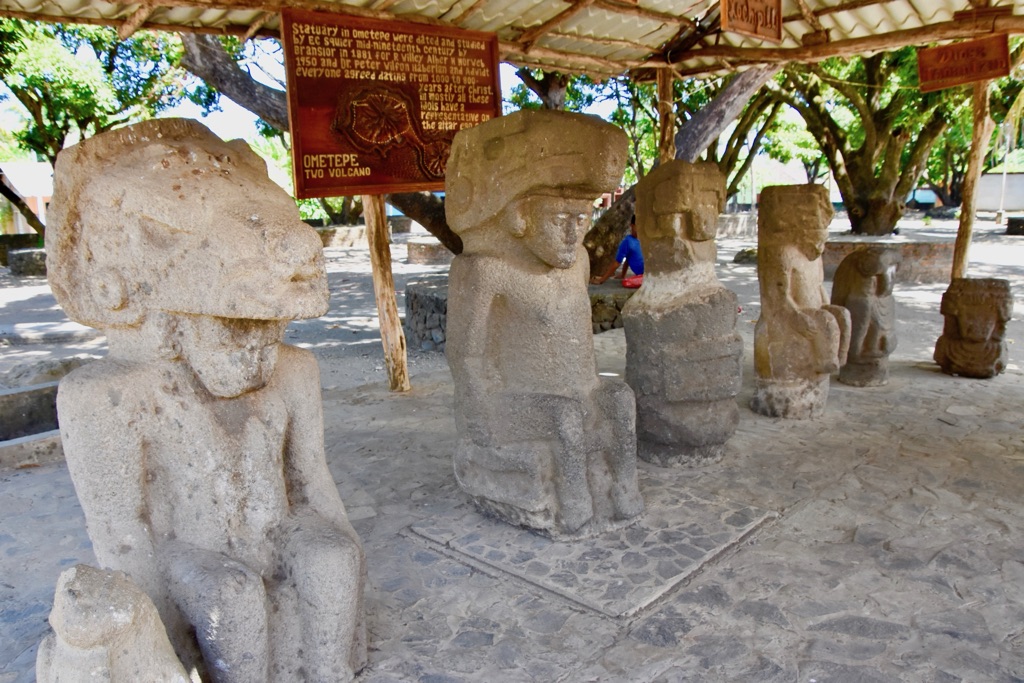The region of the great lakes of Nicaragua, particularly noted for its large stone statues, has long intrigued archaeologists. These statues, ranging in height from three to twelve feet, predominantly depict human figures, often male, and frequently in association with animal figures. The subject matter and stylistic elements of these statues raise significant questions about the cultural and artistic influences in ancient Nicaragua, as well as the connections with neighboring civilizations.
Historical Places
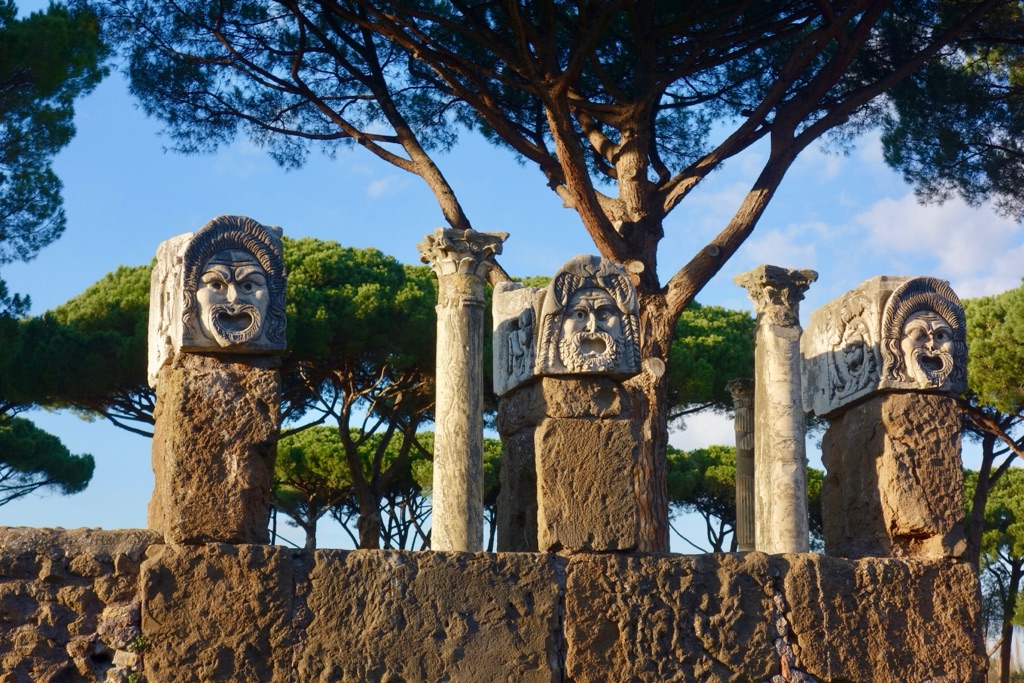
Ostia Antica
Ostia Antica, once the bustling port city of ancient Rome, now stands as a significant archaeological site, offering a window into Roman urban planning, architecture, and daily life. Located 25 km southwest of Rome, near the modern suburb of Ostia, this ancient city was strategically positioned at the mouth of the Tiber River. The site’s current distance of 3 km from the sea is a result of centuries of silting and sand invasion. The name “Ostia,” derived from the Latin “os,” meaning “mouth,” aptly describes its location and function.
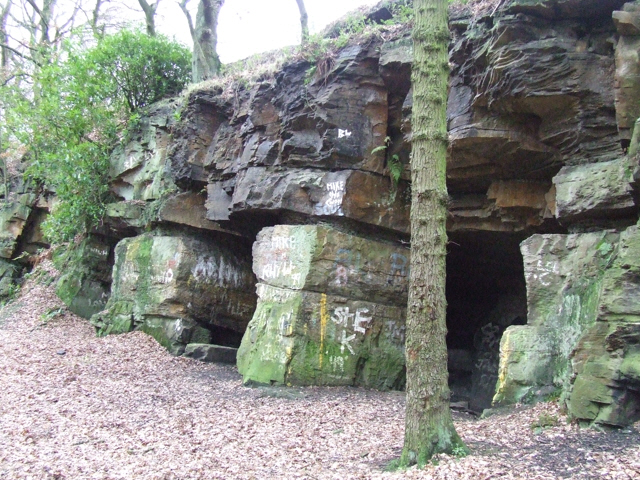
Crank Caverns
Crank Caverns, the colloquial name for the remnants of Rainford Delph Quarry located near Crank in St. Helens, Merseyside, England, presents a fascinating study of historical, archaeological, and cultural significance. This vast network of old tunnels and caverns, shrouded in mystery due to the scant information about its original owners or workers, offers a glimpse into the region’s past activities and the legends that have grown around them.
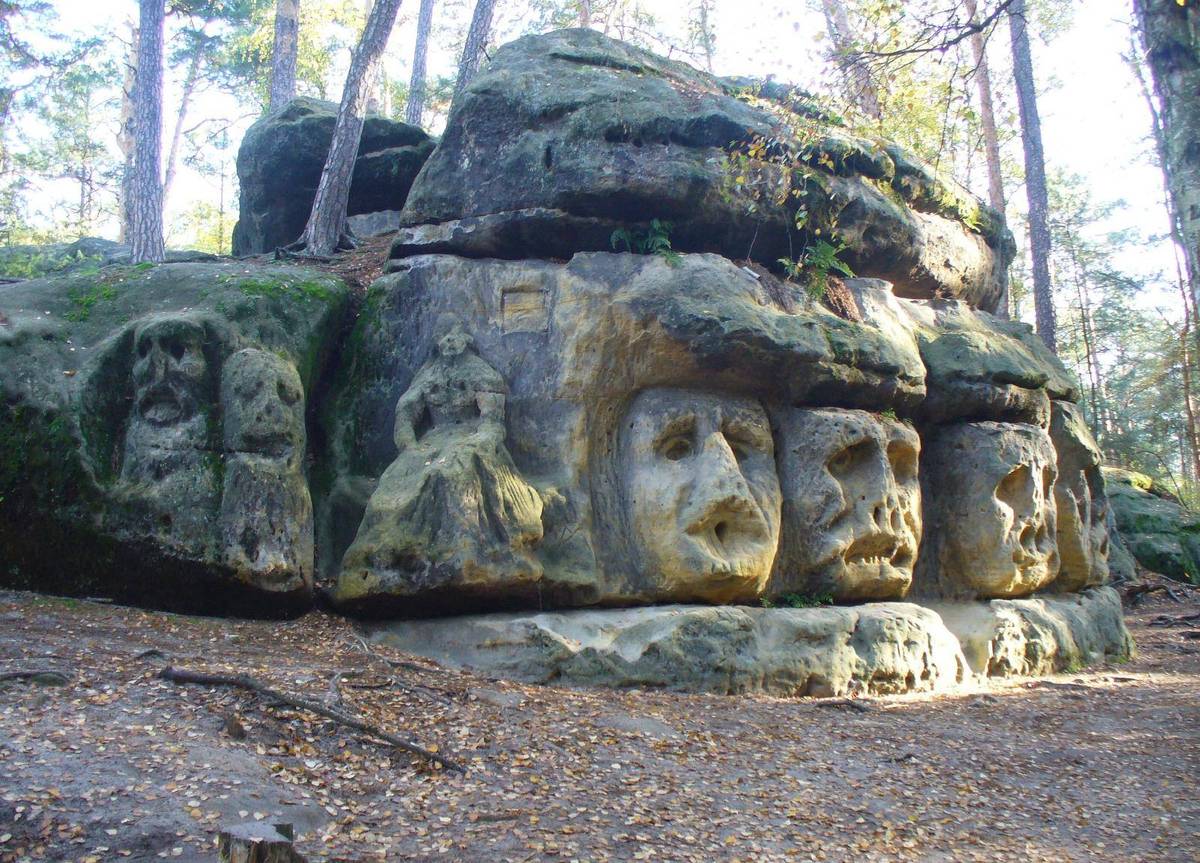
Harfenice Cave (Felsskulpturen Harfenspielerin)
The Harfenice Cave, along with its surrounding sandstone sculptures, stands as a testament to the creative genius of Václav Levý, a sculptor whose work has left an indelible mark on the landscape near Želízy and Liběchov. This blog post delves into the history and significance of these sculptures, particularly focusing on the Harfenice Cave, and situates Levý’s work within the broader context of 19th-century European sculpture.
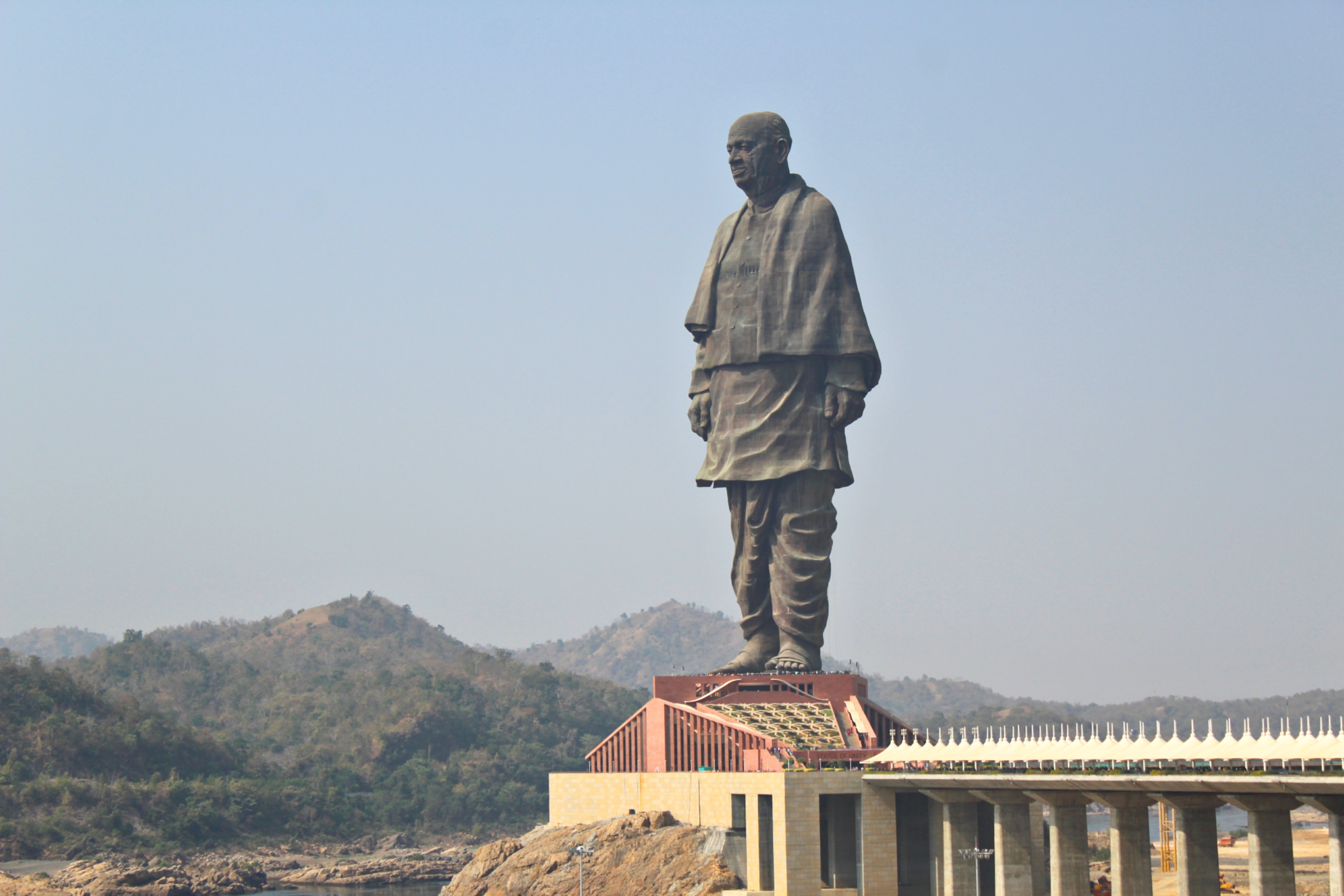
Statue of Unity
The Statue of Unity stands as the world’s tallest statue at a staggering height of 182 meters (597 feet), surpassing the previous record holder, the Spring Temple Buddha in China. Situated near Kevadia in the state of Gujarat, India, this colossal statue represents Vallabhbhai Patel (1875–1950), a key figure in India’s struggle for independence and the nation’s first deputy prime minister and home minister. Patel, also known as the ‘Iron Man of India,’ played a pivotal role in the political integration of the country, earning him a place of honor in India’s history.
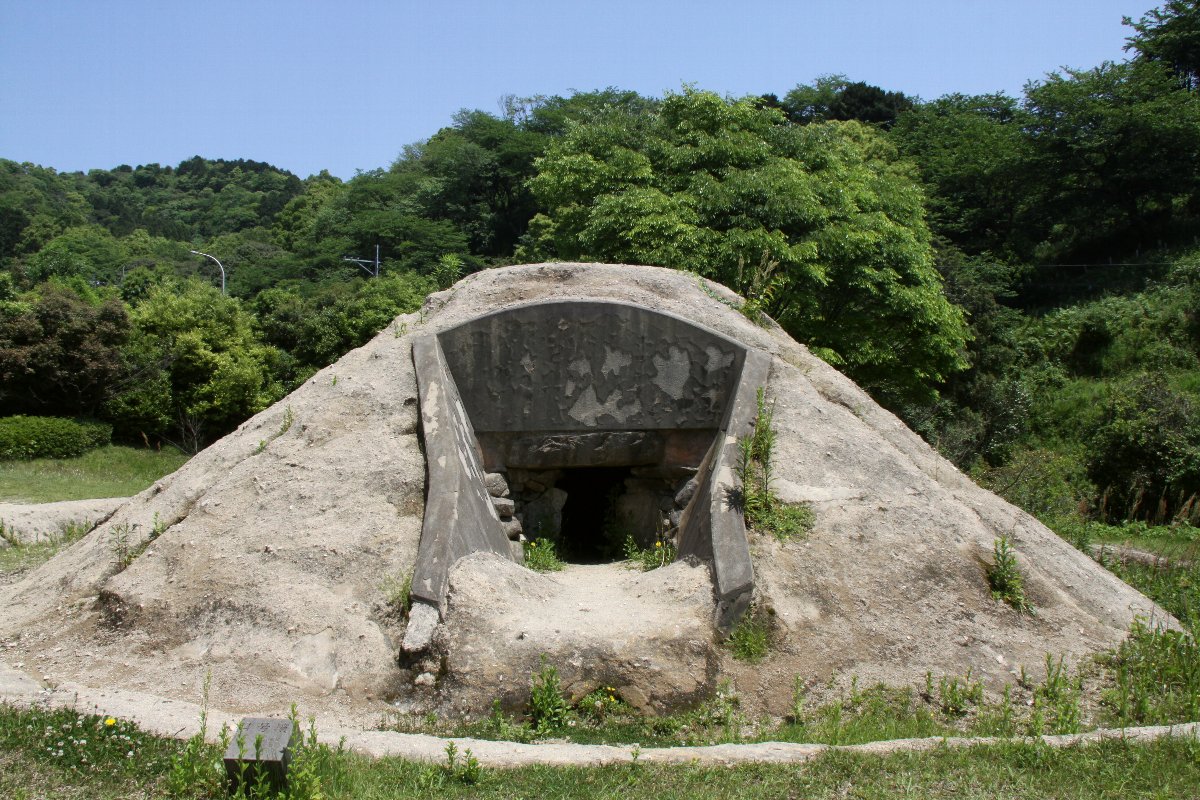
Kuboizumi Maruyama
The Kuboizumi Maruyama ruins, situated in Saga City, represent a significant archaeological site that offers invaluable insights into Japan’s ancient history. This complex encompasses a group of 118 dolmens from the late Jomon period to the early Yayoi period, alongside 12 ancient tombs dating from the 5th to 6th centuries AD. Originally located in Kawakubo, Kuboizumi-cho, the ruins were relocated to their current site due to the construction of the Nagasaki Expressway between January 1982 and March 1983.

